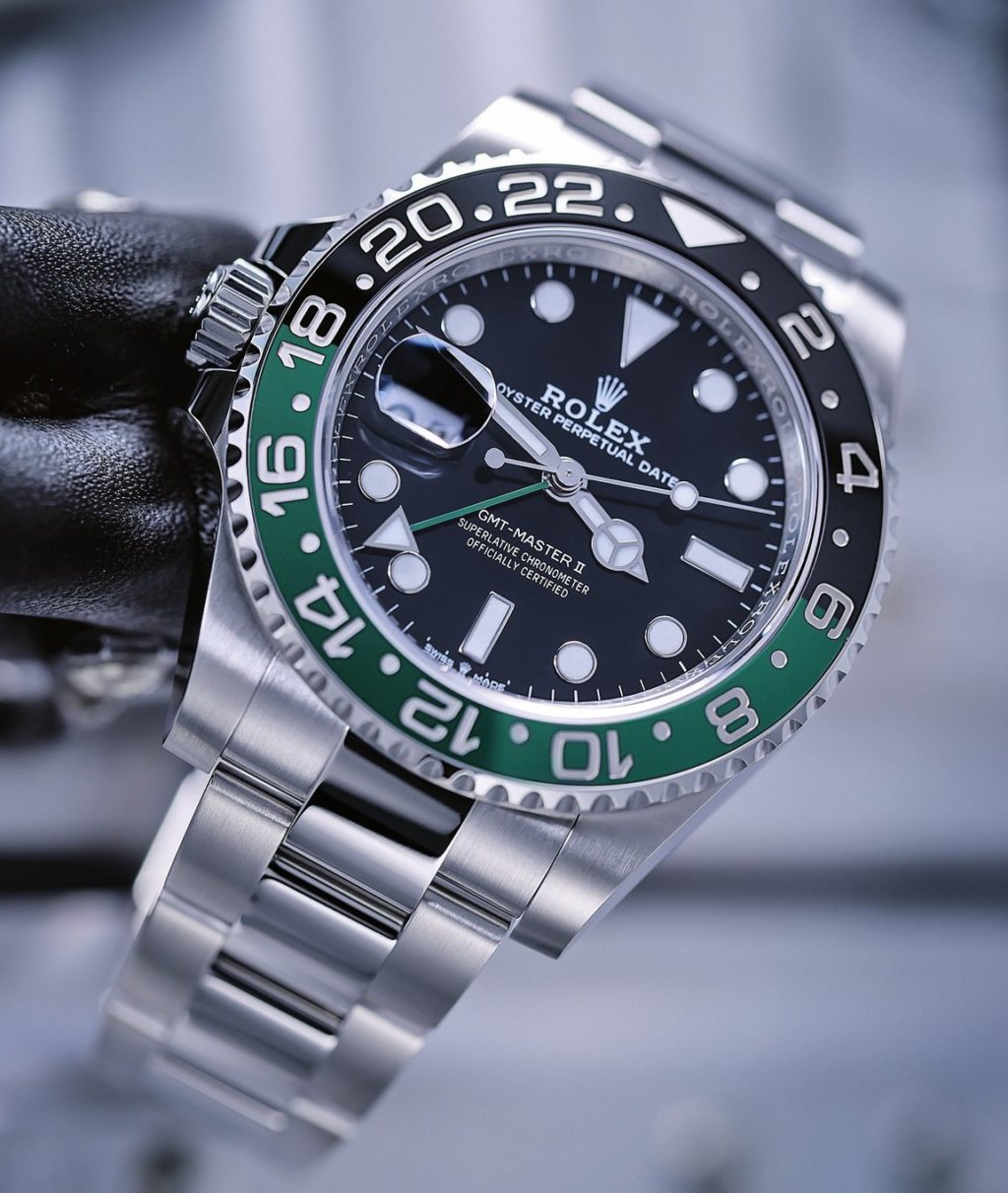For those who aren’t heavily invested in the world of watches, it is very common to hear about the “bread and butter” of the vintage category, namely, the Rolex Oyster Perpetual Datejust. It is a series of watches spanning decades, and, from its first year of mass manufacturing in 1945 to the 2012 production of the Replica Datejust II and even newer models today, the piece has commanded the everyday wrist-love of thousands, if not millions, of watch aficionados and normal, sane people alike.
Today, the Datejust combines the continued tradition of being a classic staple watch, with the modern demands that arise from being a mainstay of one of the world’s most recognizable brands. As such, the modern series endures an amalgam of critiques and praise from the opinions of “Vintage Eyed” types such as myself, along with the mostly sustained love of luxury consumers searching for a specific color combination in a good-looking watch.

The first piece we are going to cover this week is from the classic Rolex Datejust 36 collection, (“36” for 36-mm case), the Reference 116234 (below). While this reference covers a majority of the variations within the modern series, the specific piece we will look at is a rather attractive blue, sunburst-dialed watch.
As I mentioned before, the replica watch measures 36 mm in diameter in a steel-and-white-gold case housing inside Rolex’s in-house automatic Caliber 3135. It has a sunburst blue dial with applied white gold Roman numerals for hour markers (the descendant of what is often called a “Buckley” dial in the vintage realm), a date window with accompanying familiar cyclops lens for the 3 o‘clock date display, and the iconic Rolex crown logo, also applied, in white gold at the 12 o’clock mark. Some other distinctly “Rolex” features to notice are the fluted bezel; the faint, repeating corporate logo on the outermost section of the dial; the jubilee bracelet; and the solid caseback protecting the movement. The Datejust 36 series begins around $5,000 for all-steel models, but can reach much higher depending on level of bling, rarity, and materials used.

This particular reference does a good job of respecting its vintage forebears — with the Buckley-esque hour markers, jubilee bracelet, and solid caseback, it reminds me very much of the Reference 1601 and 1603 Datejusts that I come into contact with on a regular basis. But at its heart, this watch is neither of these vintage references, nor is it one of the original pieces from the 1940s. The Roman numeral hour markers are applied instead of printed, the hands lack a historically featured luminescence, and the lugs have become much more pronounced on the modern piece. The watch, while it clearly is a part of the distinct Datejust bloodline, also has many of its own modern flairs.

The only overt issue I take with the piece is its price relative to the vintage models; vintage Rolex Datejusts are very popular in that market because they are first, relatively accessible and second, incredibly good-looking — very much “bang for your buck.” As this is the case, it is unsurprising to me that so many Rolex lovers are being drawn into the world of vintage watches; if I could have a mint-condition, pre-owned Datejust for potentially half the price of a new, modern one, it seems odd to me to pay more for contemporary features (such as the engraved, outer repeating “ROLEX,” as seen below) that I might not necessarily desire. Even armed with this knowledge, however, it’s still unlikely that consumers will be drawn en masse toward vintage options; of course, Rolex knows this and updates its new replica watch reviews accordingly — perhaps even enough to urge some of those “vintage guys” to purchase modern pieces.

